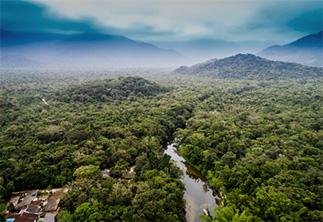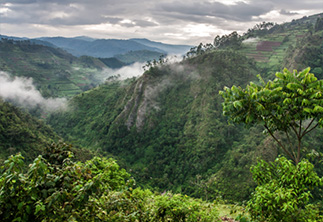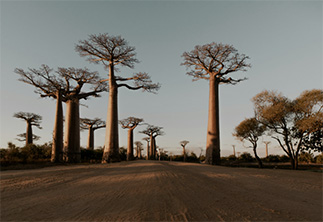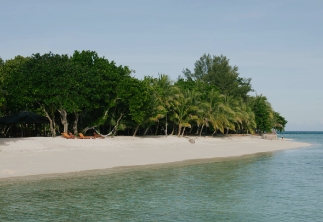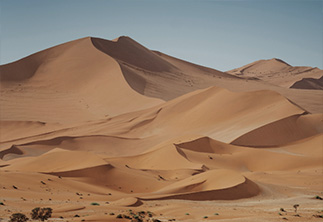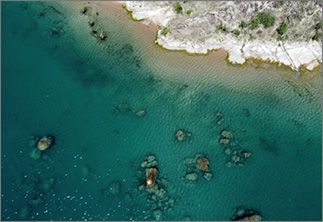Green Mineral Profile
Morocco
Overview
Overview
The mining sector plays a significant role in the Moroccan economy, and the country is known for its appreciable mineral deposits including phosphate, zinc, copper and other minerals. After China, Morocco is the world’s largest producer of phosphate rock, a mineral primarily used in fertiliser production.
The country has an established mining industry and a range of modern processing and refining facilities for a variety of minerals. In addition, Morocco’s proximity to the major consumer markets, relative domestic political stability, and high levels of integration into global value chains have helped to attract foreign direct investment into the country’s mining and renewable energy sectors.

Key green minerals
-
Morocco’s share of phosphate reserves amounts to 67.5% of the world total in 2024.
-
In 2024, Morocco was the world’s second largest producer of phosphate, producing 30 million metric tonnes.
reserves
(50,000,000 tons)
production
(30,000,000 tons)

Major mining
projects
Owned and operated by Office Chérifien des Phosphates (OCP), the Khouribga Mine first opened in 1921 and is home to most of Morocco’s phosphate reserves, producing 70% of OCP’s output. Phosphate is transported by a slurry pipeline to the processing plant at Jorf Lasfar and by rail to Casablanca for the export of unprocessed rock. Since opening in 1984, Jorf Lasfar has grown to become the largest fertiliser plant in the world, with a capacity of 6 million metric tons of phosphoric acid and 10.5 million metric tons of fertilizers and with a production of 5.65 million metric tons of phosphoric acid and 10.18 million metric tons of fertilizers in 2020.
The open pit mine at Benguerir is one of OCP’s most important research activity sites, as well as being fully operational mine. A testing site, the mine is open to the scientific community for research purposes. The mines at Benguerir and Youssoufia together make up the Gantour system, the third largest phosphate mine in the world. Phosphates from Gantour are transported to Safi for processing and export. The processing site at Safi produces fertiliser and phosphoric acid, and it also has a phosphate washing unit and a sulfuric acid plant.
Processing capacity and value-addition initiatives
Processing capacity and value-addition initiatives
Accelerated by foreign and domestic investments, Morocco’s economy has undergone significant structural transformation, which has positioned the country as regional investment hub. The country is a major global producer of phosphate rock, and the domestic mining sector plays an important role in the country’s economy providing jobs, contributing to GDP, and accounting for significant exports.
More specifically, Morocco is the world’s second largest producer of phosphate rock, an essential ingredient for fertilisers and the production of lithium-iron-phosphate batteries. Given the country’s existing infrastructure and industrial capacity, it is well positioned to expand its production of phosphate rock. Moreover, the country’s mix of a well-developed automotive sector, its geographical proximity to major markets, and its industrial expertise, position Morocco as a potential hub for regional and global supply chains related to critical minerals.
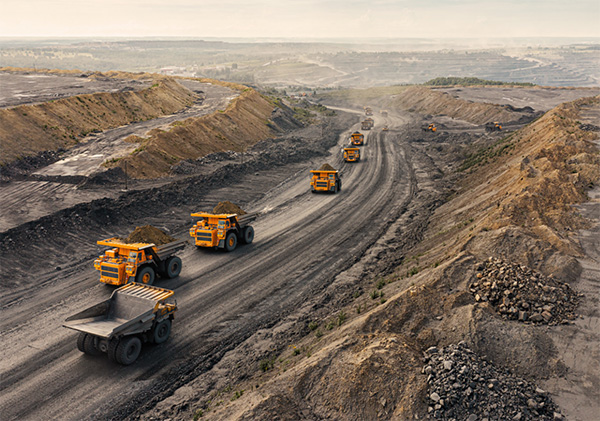
More countries to explore
Thank you for your message!
Your message has been sent. Our aim is to get back to you within a few business days. If you have any questions, please feel free to contact us on AMDC@africa-union.org.
Exception occurred
Feedback
Please use this form to send feedback on this page (see our privacy policy and cookie policy). Please note that we may take a few days or weeks to respond.
